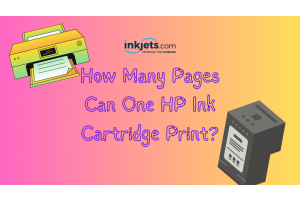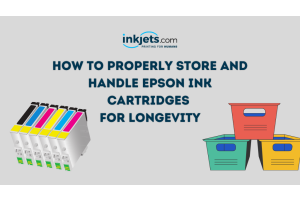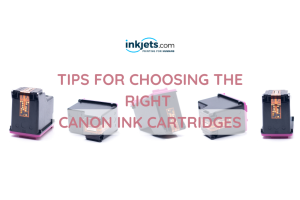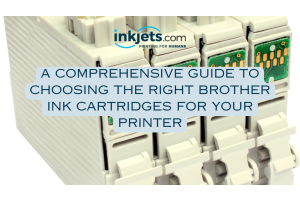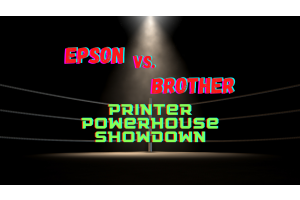
Even though we have computers and other digital tools, print is still an important
part of business.
Many businesses don't know that as technology improves, printers and copiers also get
smarter and are made to be more cost-effective than they used to be.
Getting the right tools and setting up your office for the best printing and copying
can save you hundreds or even thousands of dollars every year.
Also, it's easier than you might think to save money on your bottom line without buying
a bunch of new printers.
You can do this by making a few small changes and upgrades to the way you print every day.
Here are a few simple ways to get started:
1. Instead of letting your staff print for free from their own printers,
put print management software on networked printers
This is a simple way to cut down on overhead costs by cutting down on unnecessary
writing and keeping track of everything that goes through the printer.
With print management software, you can keep track of how much it costs to print
and add that cost to your clients' bills.
This way, you can collect costs that you would have to pay for directly as overhead.
It also gives office managers the tools they need to figure out where the most paper
is being used and come up with ways to stop wasting paper when printing.
2. Using the right ink and toner for the job can make a big
difference at the end of the day
Many common printer models have choices for ink and toner that are compatible with
or made from recycled materials.
These options work just as well as the original manufacturer's products, but they cost
a lot less.
Compatible ink and toner are a good way for offices to save money without sacrificing the quality
of the documents they print.
This is especially true for personal desk printers, whose cost-per-page can be higher than that of bigger
laser printers used by a large group of people.
Plus, they help the environment. Most of the time, buying name-brand refills when you don't have to
is a waste of money.


3. It's also possible that the printers you have in the office
just don't meet your needs
Buying a new printer/copier system may seem like a waste of money if your old one
works fine, but the money you save on fixes may make up for the cost of the new one
in the long run.
In a Konica Minolta case study, a large law company in New York saved more than $100,000
by getting rid of individual printers and buying a fleet of high-capacity office printers that were
right for the job. That's a lot of cash.
4. When setting a limit on how many printers you'll use,
it's important to think about where your shared printer
will be so that the most people can use it
When most of your workers have to walk a long way to get the papers they need,
it takes away from the time they have to do their jobs.
Putting your community printer in a central location instead of a separate printer/copier room
not only frees up space but also makes it easier and faster for everyone to use.
This is especially true if most of your employees work on a different floor than
your machines.
5. Instead of making copies and filing them, scan papers
to keep them
Even though it's an extra step, it can save you a lot of moneyin the long run.
By scanning them into a database, you save money right away on printing and
duplicating costs.
Over time, you will also save valuable space and won't have to add more storage space
to your offices just for the documents.
Real estate is expensive, and it doesn't make sense to pay money to store file boxes
in the 21st century.
Summing it up
Printing better can do a lot to cut down on office costs and give you the extra money
you need to grow.
Many of these tips for saving money are also great for reducing the amount of trash
in your office.
This will help you run your office in a cleaner, smaller, and more environmentally
friendly way.
All the more reason to look closely at how you print and see what you can do to make
your printing technology work for you.




